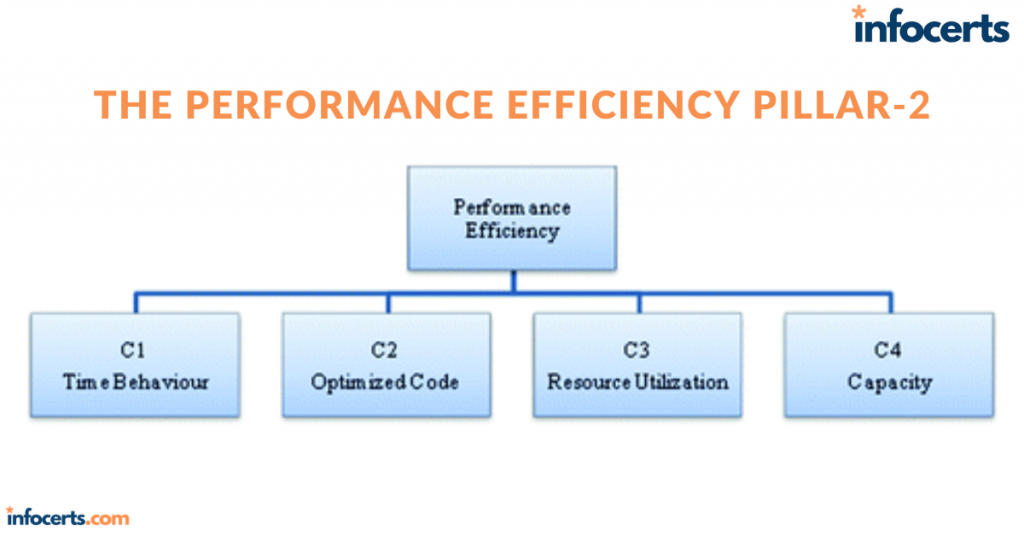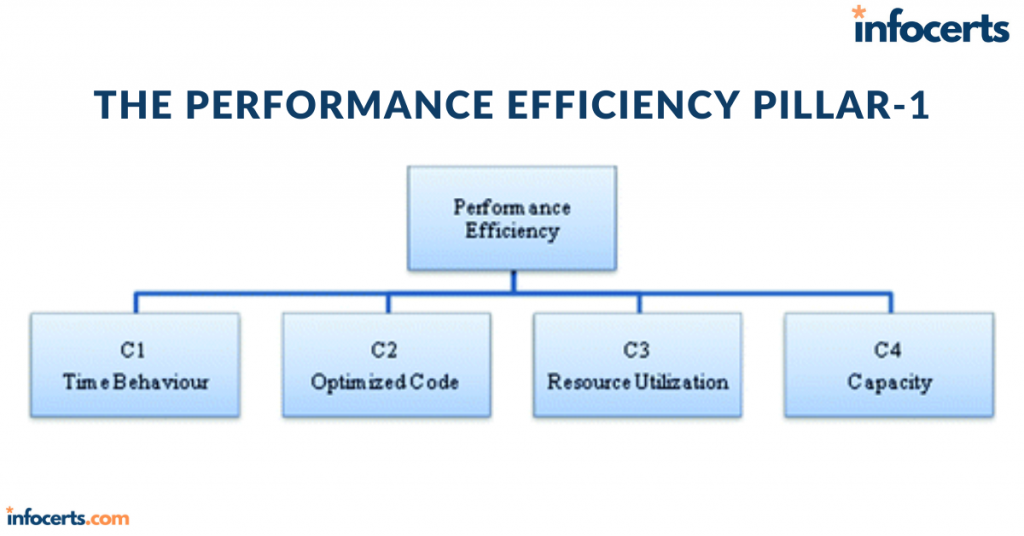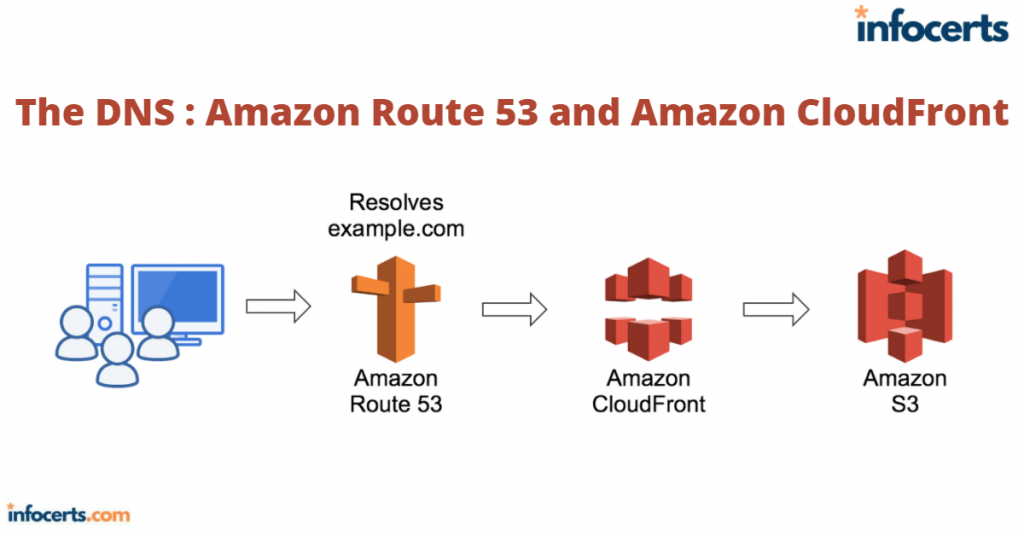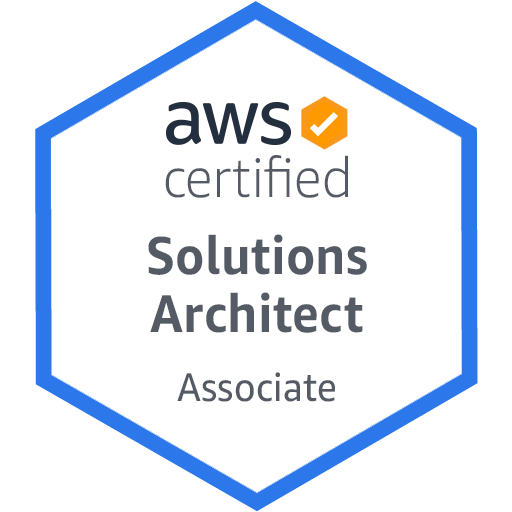Databases-2
Magnetic StorageRDS offers magnetic storage for backward compatibility with older instances. It’s limited to a maximum size of 4 TB and 1,000 IOPS. Read ReplicasIf your database instance doesn’t meet your performance requirements, you have a few options, depending on where the bottleneck is. As mentioned previously, if your memory, compute, network speed, or disk …




